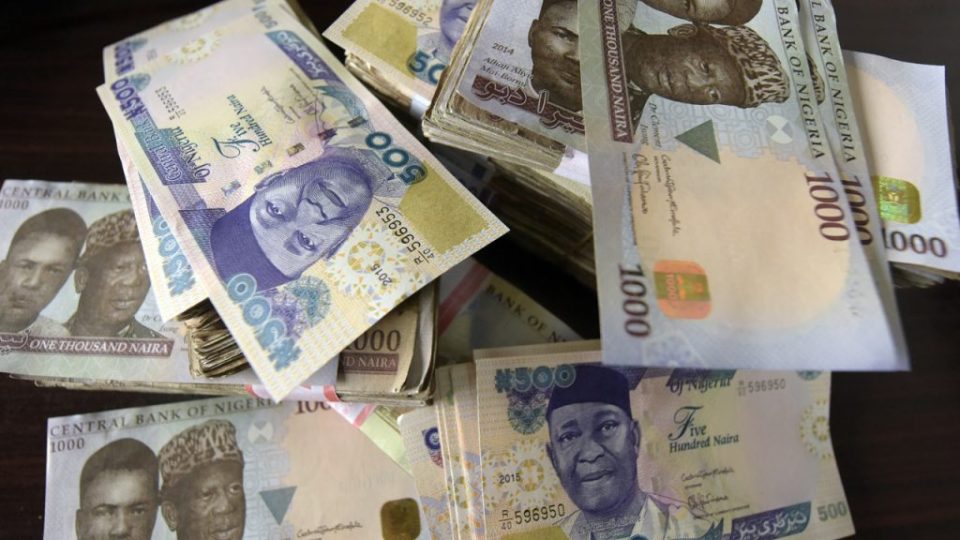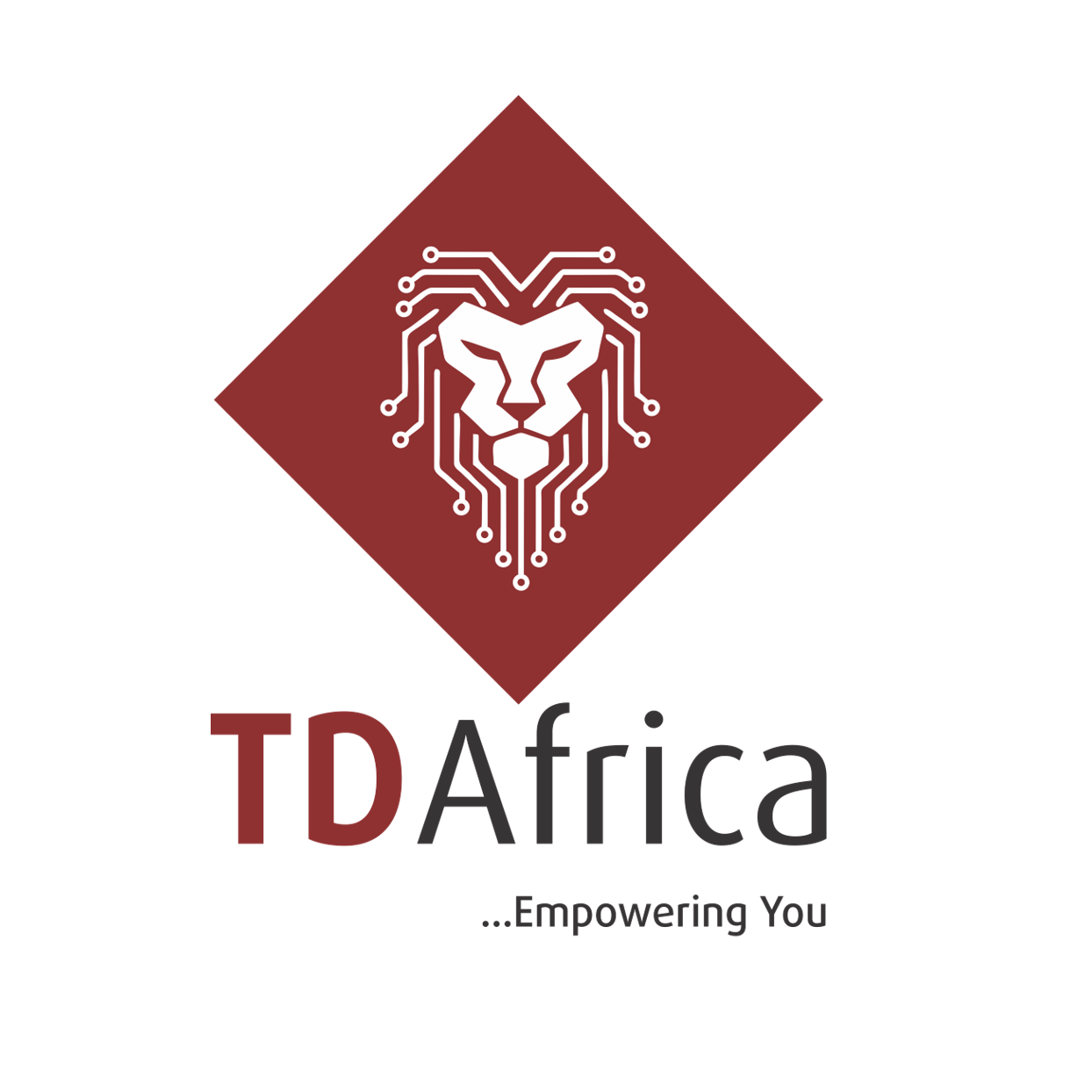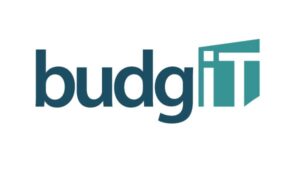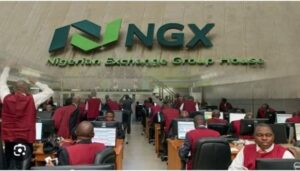Naira rallies to 1,500/$ as reserves strengthen
The naira sustained its rally on Wednesday, closing at N1,500.91 to the United States dollar at the official Nigerian Foreign Exchange Market. The performance marked a significant milestone as the local currency traded below the N1,500/$ threshold for the second consecutive day.
According to data from the Central Bank of Nigeria, the naira fluctuated between N1,498/$ and N1,507/$ during the trading session. This marked a continuation of the positive trajectory seen since the beginning of September, when the naira opened at N1,526.09/$ at the NFEM. By Monday, it had firmed to N1,506/$, maintaining that rate on Tuesday before further appreciating midweek.
The last time the naira traded at N1,500/$ was March 5, 2025, underscoring the significance of the latest development in stabilizing the currency. The parallel market mirrored the trend, as the naira appreciated to between N1,515/$ and N1,517/$ on Wednesday, strengthening from N1,525/$ the previous day.
Analysts attributed the rally to a combination of stronger naira demand, reduced speculative trading, and improved foreign reserves. They expressed optimism that the positive sentiment in the currency market would be sustained in the near term, supported by increasing external buffers.
In its Macros and Market Insight report released on Wednesday, Meristem Research underscored the role of the rising reserves in supporting the naira’s rebound. The firm noted that the domestic economy recorded relative stability in August, buoyed by moderating inflation, increased crude oil production, and a sharp rise in capital inflows.
“These factors boosted the country’s foreign exchange reserves by the end of the month, helping to sustain stability in the naira,” the report said. “We see the strengthened reserve position as a key economic milestone, as it reflects robust external buffers and enhances the Central Bank of Nigeria’s ability to sustain exchange rate stability.”
“We expect the positive momentum to persist, underpinned by sustained growth in oil receipts and a steady rise in non-oil exports,” the report continued. “This provides a critical buffer for effective exchange rate management and broader macroeconomic stability. Nonetheless, downside risks stemming from weaker global oil prices, security vulnerabilities in the oil sector, and possible production disruptions persist.”
At over $41bn, Nigeria’s foreign reserves translate to about 10 months of import cover—well above the international benchmark of three months. This development is seen as a reassuring signal for investors and businesses that rely on foreign exchange access for imports and other cross-border transactions.
The sustained appreciation of the naira comes at a time when confidence in Nigeria’s economic reforms remains pivotal. The Central Bank has been at the center of efforts to restore stability in the currency market through a mix of policy reforms, including measures to unify exchange rates, curb speculative demand, and attract foreign capital inflows.
For businesses, a more stable naira offers relief in managing import costs and planning investments. For households, the outlook raises cautious optimism that continued currency stability could eventually ease inflationary pressures tied to import-dependent consumption.
With external reserves rising, speculative activity subsiding, and oil earnings supporting inflows, market watchers believe the naira’s current rally has a stronger foundation compared to past fluctuations. However, experts caution that sustaining the momentum will depend on the government’s ability to maintain macroeconomic discipline, boost crude oil output, and diversify export earnings.













Post Comment